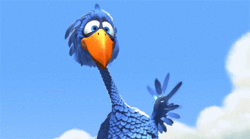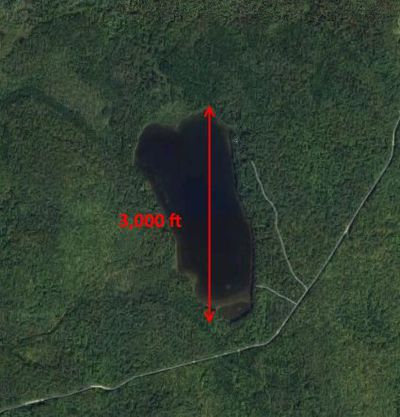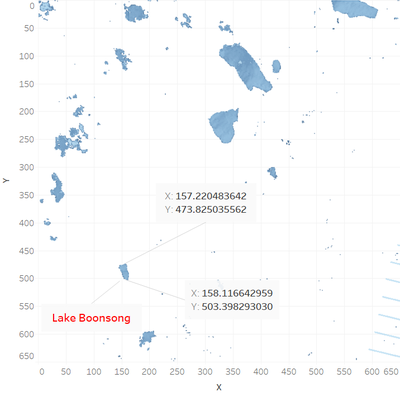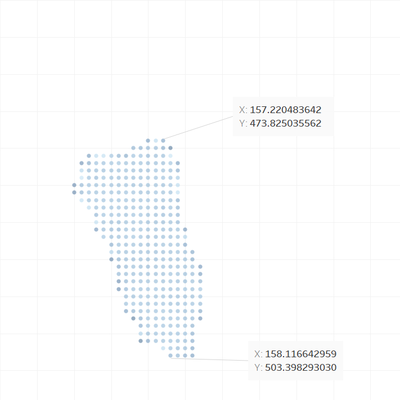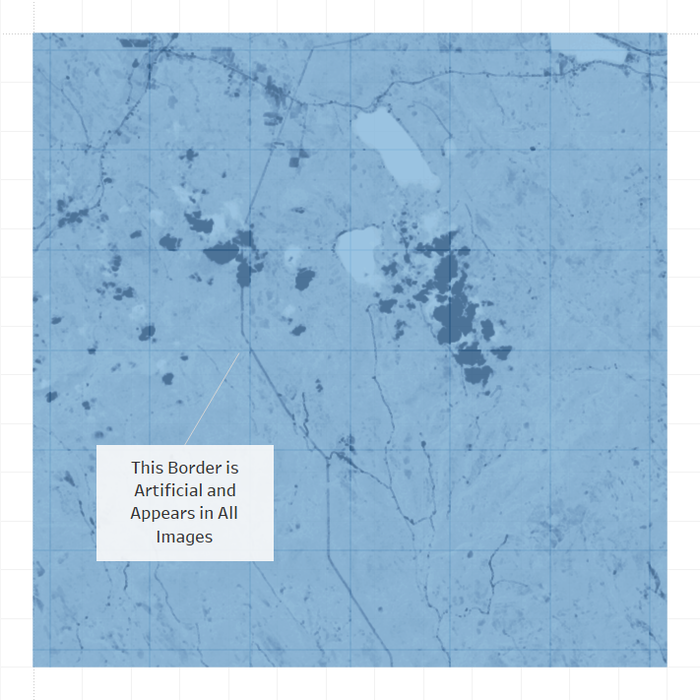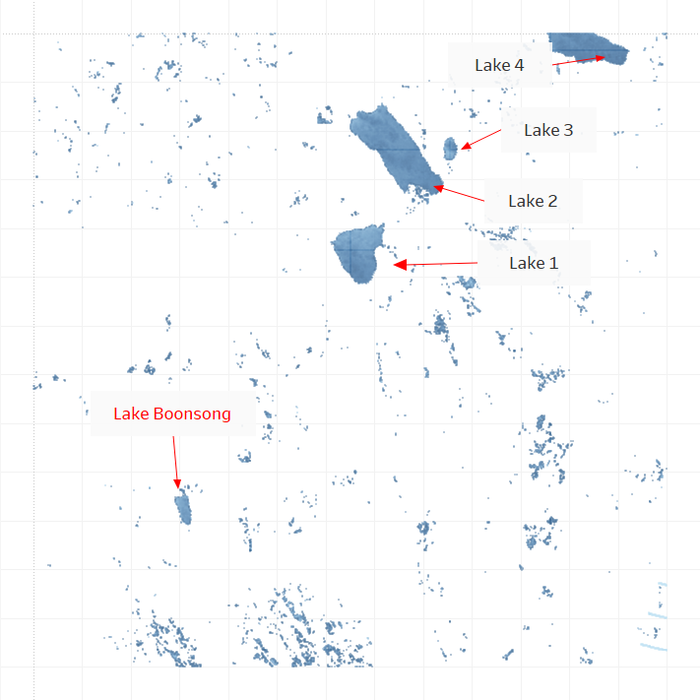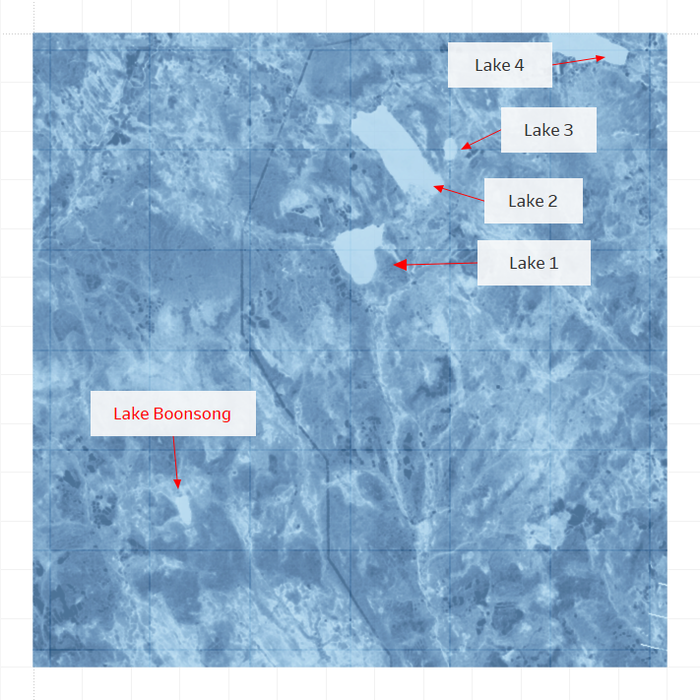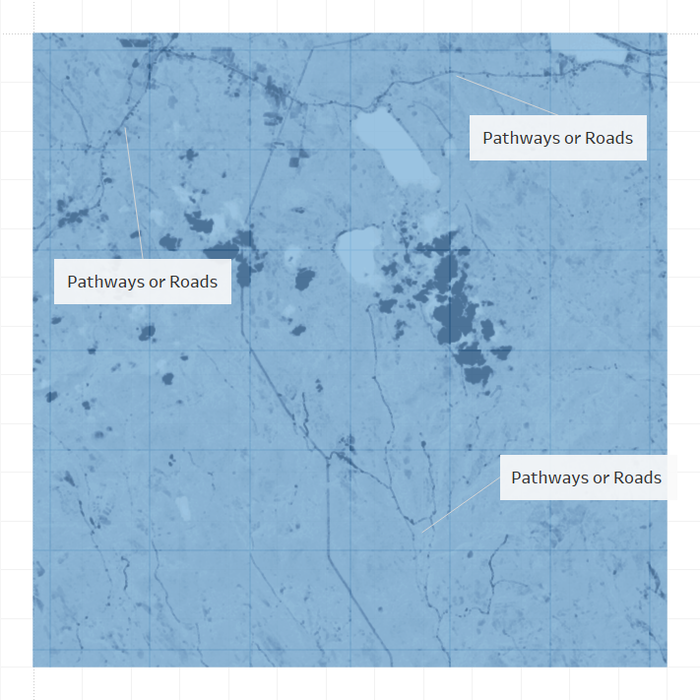ISSS608 2016-17 T3 Assign TEN KAO YUAN MC2
|
|
|
|
|
|
|
Contents
Mini-Challenge 3 : Eye in the Sky
Introduction
Mitch Vogel, the ornithology student who is most concerned about the plight of the Rose-crested Blue Pipit, is able to get around some of the nature preserve to study the bird, but because of the terrain and the vegetation he is not able to cover the entire preserve with a car or on foot. Drones and air vehicles would scare the birds making it difficult to assess the extent of the possible problem. While he puzzles out how to get a more complete picture, he talked with one of his professors at Mistford College who suggested he look at imagery over the area over the past few years.
Perhaps, the professor mused, there have been changes in the flora that are related to issues with fauna. Mitch thought this kind of associated study may be informative, so the professor provided him with some images of the preserve collected by the National Space Service. However, they are multi-spectral image files, which Mitch had never dealt with before. The image analysis packages he found online were very complicated to work with, so he has asked you, a visual analytics expert, to help him view and understand this data. He understands that you are a visual analytics expert and an insightful analyst, even if you are not an expert image analyst.
Tableau is most certainly not the best tool to study images, but we will have to make do with what we have assigned.
Boonsong Lake
Boonsong Lake resides within the preserve and has a length of about 3000 feet (see the Boonsong Lake image file). The image of Boonsong Lake is oriented north-south and is an RGB image (not six channels as in the supplied satellite data). Using the Boonsong Lake image as your guide, analyze and report on the scale and orientation of the supplied satellite images. How much area is covered by a pixel in these images?
Using Band 5 and filtering for low values (absorbed by water, we are able to easily identify Lake Boonsong in the south east of the satellite image. The extreme points are annotated and the Y coordinates are 474 and 503. Hence the total length in the image is 503-474+1=30 pixels. Hence once pixel equals 100 feet since the lake is 3000 ft. We can conclude that one pixel is 100 x 100 or 10000 square feet. Since the lake is oriented north-south, satellite images are also oriented North-South.
The images cover and area of 65100 feet by 65100 feet or 12.33 x 12.33 miles. The area in the image is 152 square miles, or 55% the area of Singapore.
Feature Identification
Identify features you can discern in the Preserve area as captured in the imagery. Focus on image features that you are reasonably confident that you can identify (e.g., a town full of houses may be identified with a high confidence level).
Artificial border
We observe a straight border running north-south through the image. This is certainly too straight and has too many sharp angles to be a road. This is highly likely to be an artificial line added to the satellite image to demarcate the border between states or regions.
Bodies of Water
Bodies of water can be identified using Band 5 which is completely absorbed by water. There are a total of 5 lakes in the area.
Roads and Pathways
We also observe paths winding around the preserve.These are not streams or rivers as they show a different hue compared to Boon Song Lake.
High Land
Clearings
Changes to the Park
There are most likely many features in the images that you cannot identify without additional information about the geography, human activity, and so on. Mitch is interested in changes that are occurring that may provide him with clues to the problems with the Pipit bird. Identify features that change over time in these images, using all channels of the images. Changes may be obvious or subtle, but try not to be distracted by easily explained phenomena like cloud cover.
